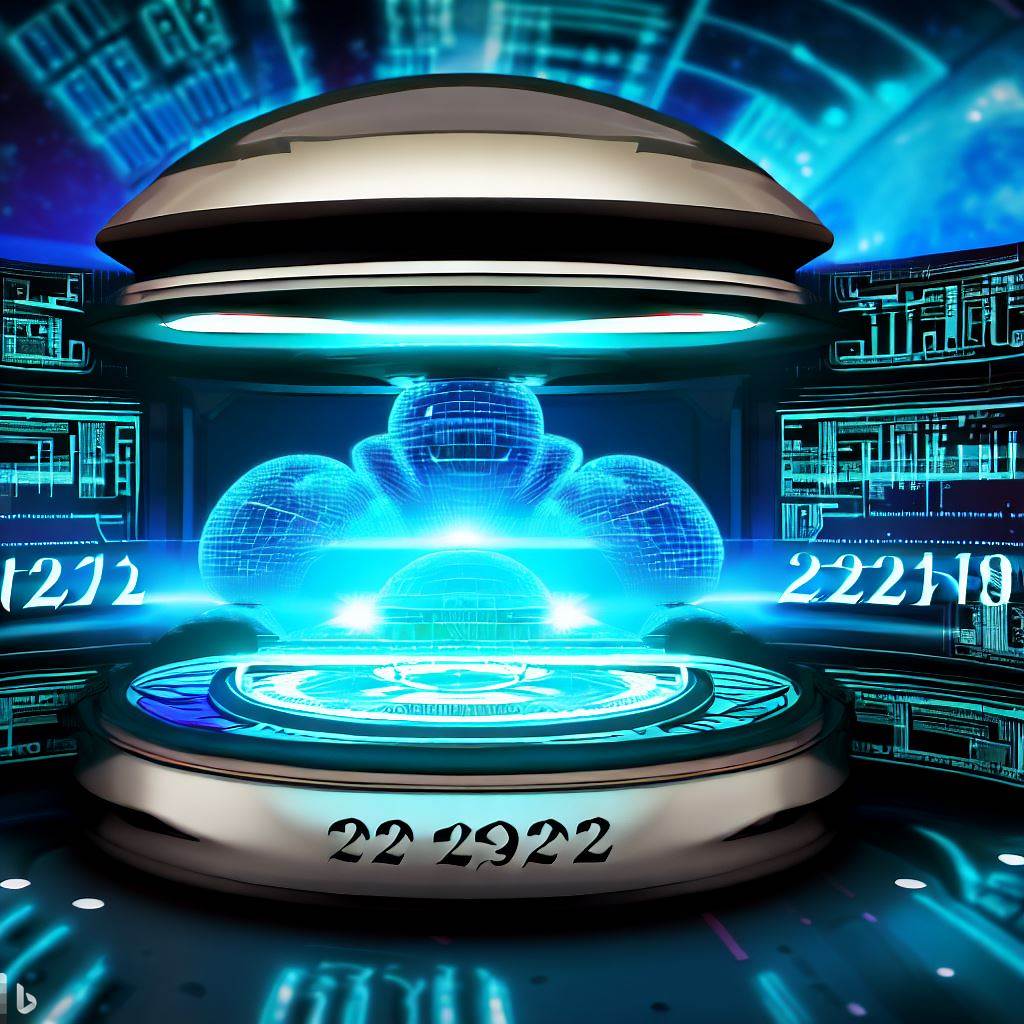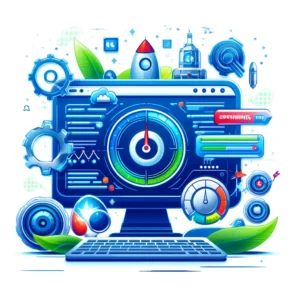Throughout history, the idea of time travel has fascinated us. While physically traveling through time is still a dream, recent advancements in Artificial Intelligence (AI) and Augmented Reality (AR) have given birth to a different kind of time machine—a virtual one. In this blog post, we will explore how the powerful combination of AI and AR is revolutionizing our understanding of history, allowing us to immerse ourselves in the past and discover a wealth of knowledge and experiences.
Understanding AI’s Role: Artificial Intelligence plays a crucial role in creating virtual time machines. With its ability to process large amounts of data, AI algorithms analyze historical records, artifacts, photos, and documents. They then use this information to recreate the people, places, and events of the past. By learning from patterns in data, AI generates realistic simulations of bygone eras.
Augmented Reality: Bridging the Gap between Past and Present: Augmented Reality technology enhances our perception of the real world by adding virtual elements to our physical surroundings. With AR, we can bring the virtual reconstructions created by AI into our present reality, enabling us to experience the past in a tangible and immersive way.
- Time Travel Through Visualization: With the help of AI and AR, we can visualize historical events as if we were there. Imagine walking through ancient Rome, exploring its vibrant streets, and marveling at its grand buildings. By using AI algorithms, historical data, and AR devices, we can transport ourselves back in time, gaining a deep understanding of how people lived, interacted, and shaped the world.
- Interactive Learning Experiences: AI and AR offer exciting opportunities for interactive learning. Students can engage in virtual historical reenactments, solve puzzles and converse with virtual historical figures. These immersive experiences promote a deeper understanding of history and create a personal connection with the past.
- Preserving and Restoring Cultural Heritage: AI and AR contribute to the preservation and restoration of cultural heritage. By digitally recreating ancient artifacts and historical sites, we can safeguard them for future generations. Fragile artifacts can be virtually restored, allowing experts and enthusiasts to study them without risking damage. Furthermore, AR can overlay virtual reconstructions onto existing ruins, giving visitors a glimpse of how these sites looked in their prime.
- Time-Traveling Museums and Exhibitions: Traditional museums and exhibitions can utilize AI and AR technologies to transform static displays into dynamic experiences. Visitors equipped with AR devices can explore artifacts and artworks in their historical context. AI algorithms provide additional information and personalized narratives, offering a more engaging and tailored museum experience.
- Unraveling Historical Mysteries: AI algorithms have the power to analyze historical data and unravel long-standing mysteries. By uncovering hidden patterns, connecting disparate information, and cross-referencing multiple sources, AI sheds new light on historical events, figures, and civilizations. This helps historians and researchers gain fresh insights into the past, challenging existing knowledge.
Conclusion: The fusion of AI and AR brings us closer to the concept of a virtual time machine, allowing us to travel back in time and explore past eras with remarkable depth and realism. The potential for education, cultural preservation, and historical understanding is enormous. As technology continues to advance, we can eagerly anticipate further developments in the realm of virtual time travel, enriching our understanding of the past and shaping our engagement with history.











